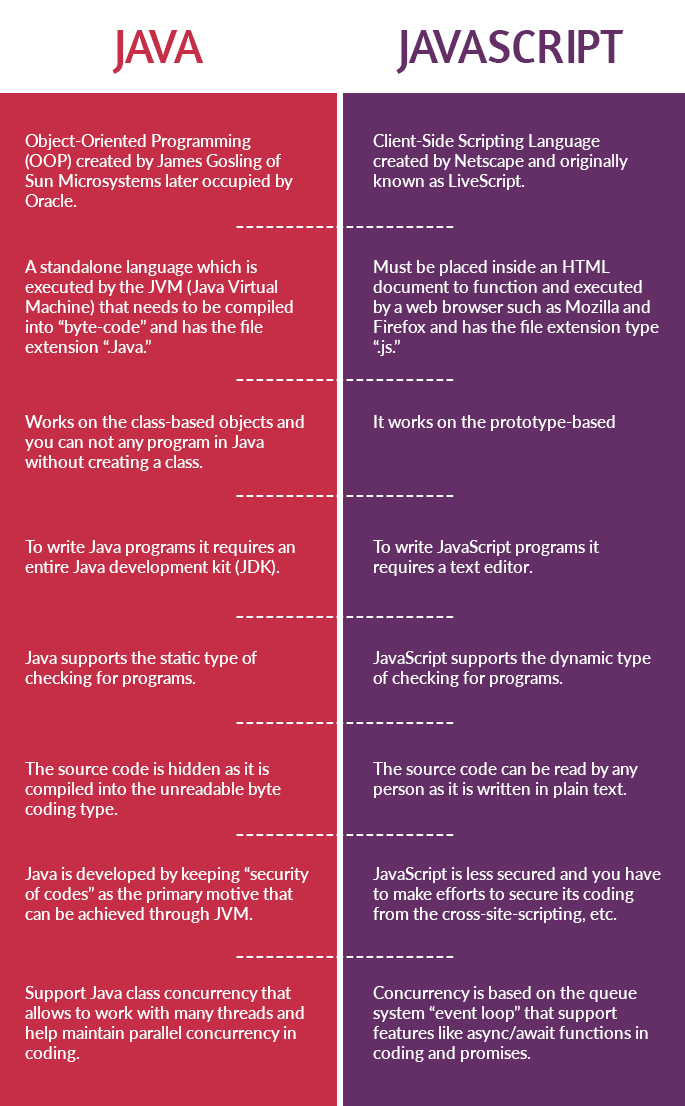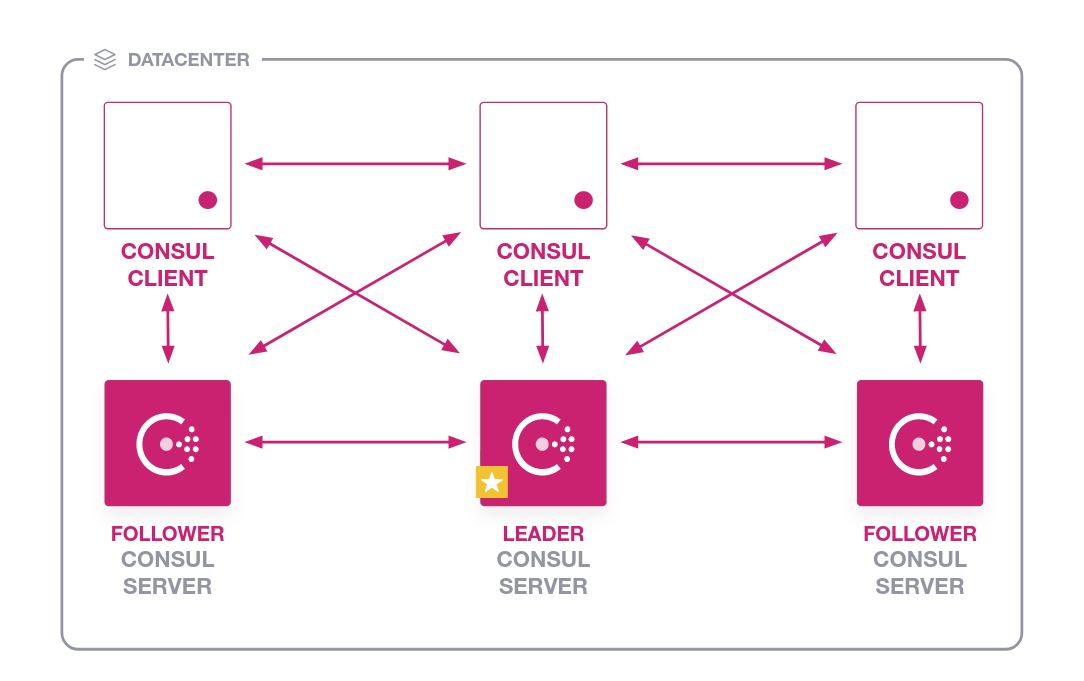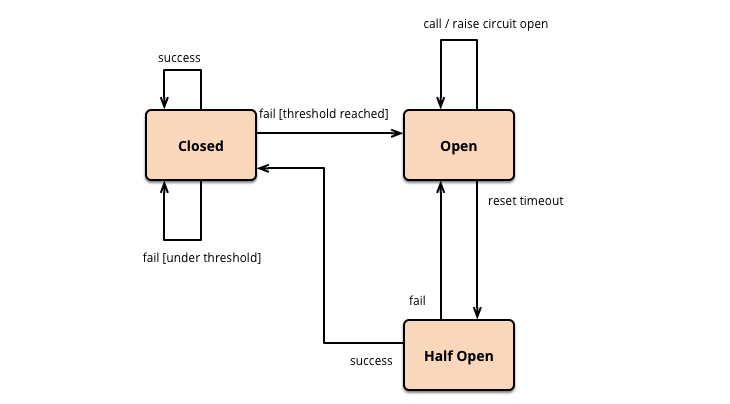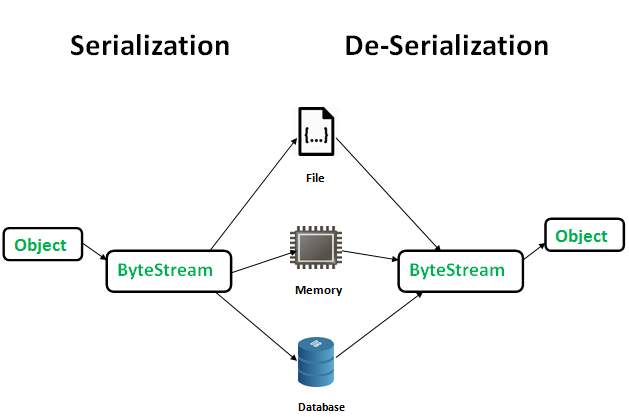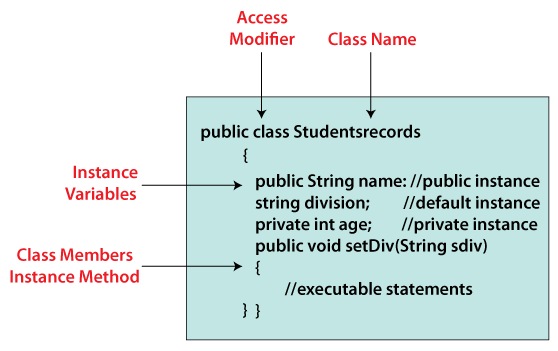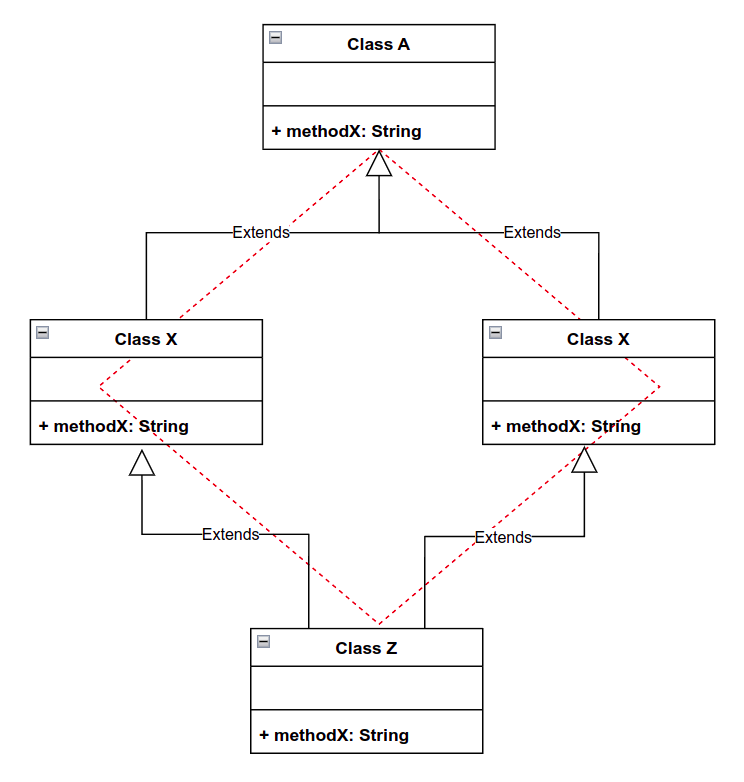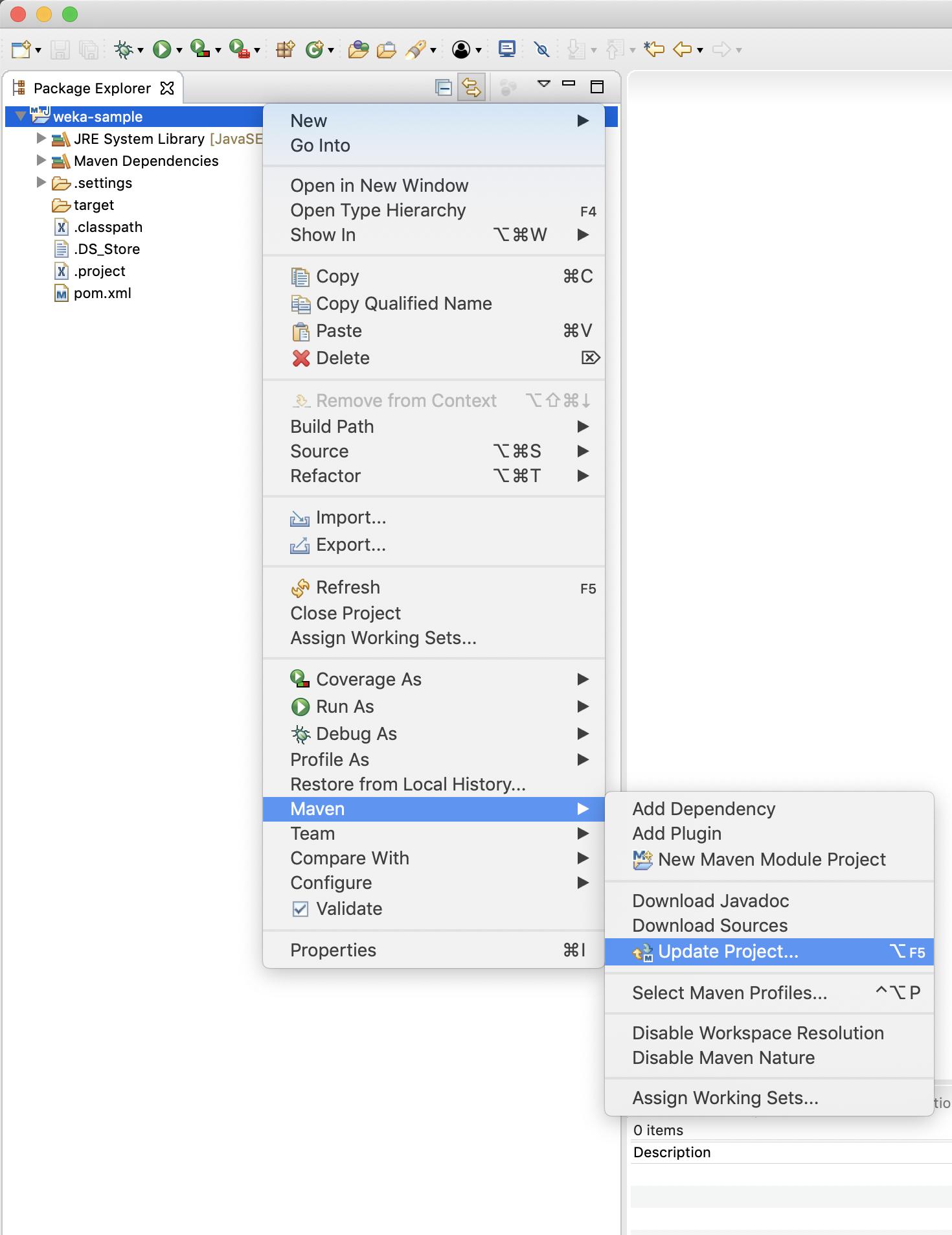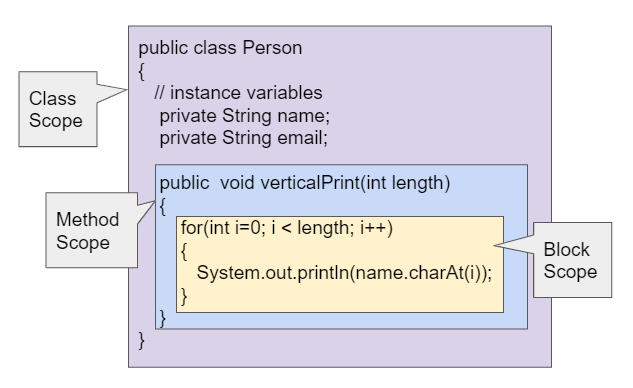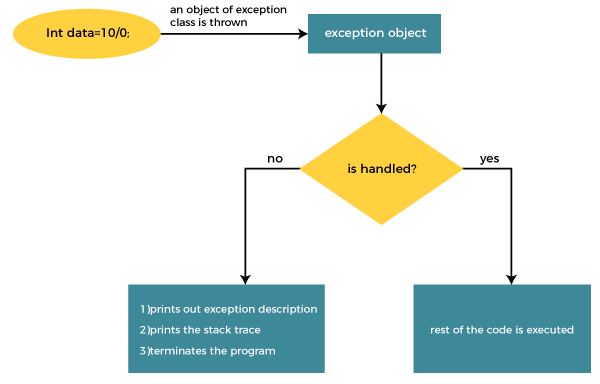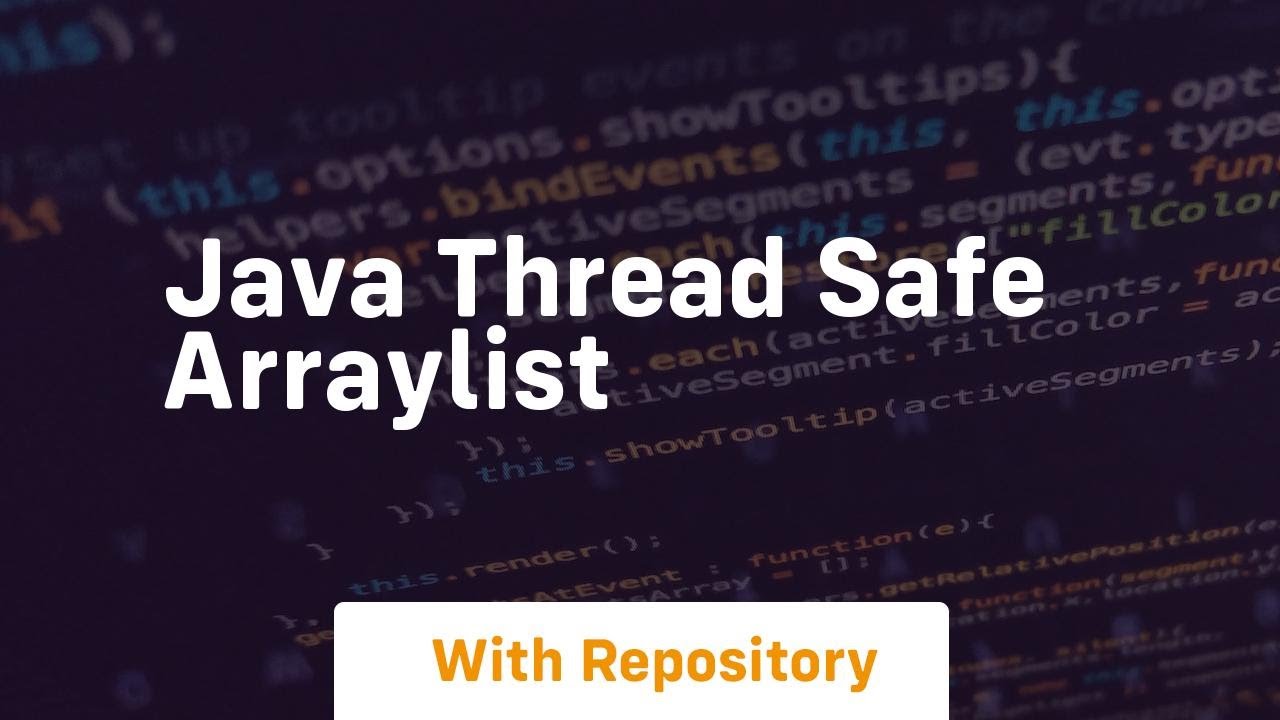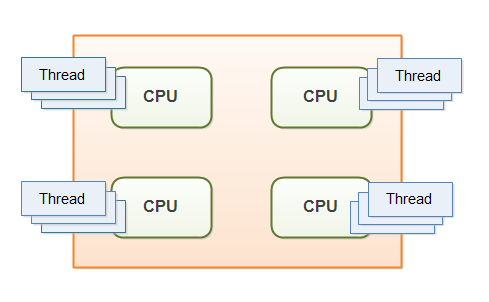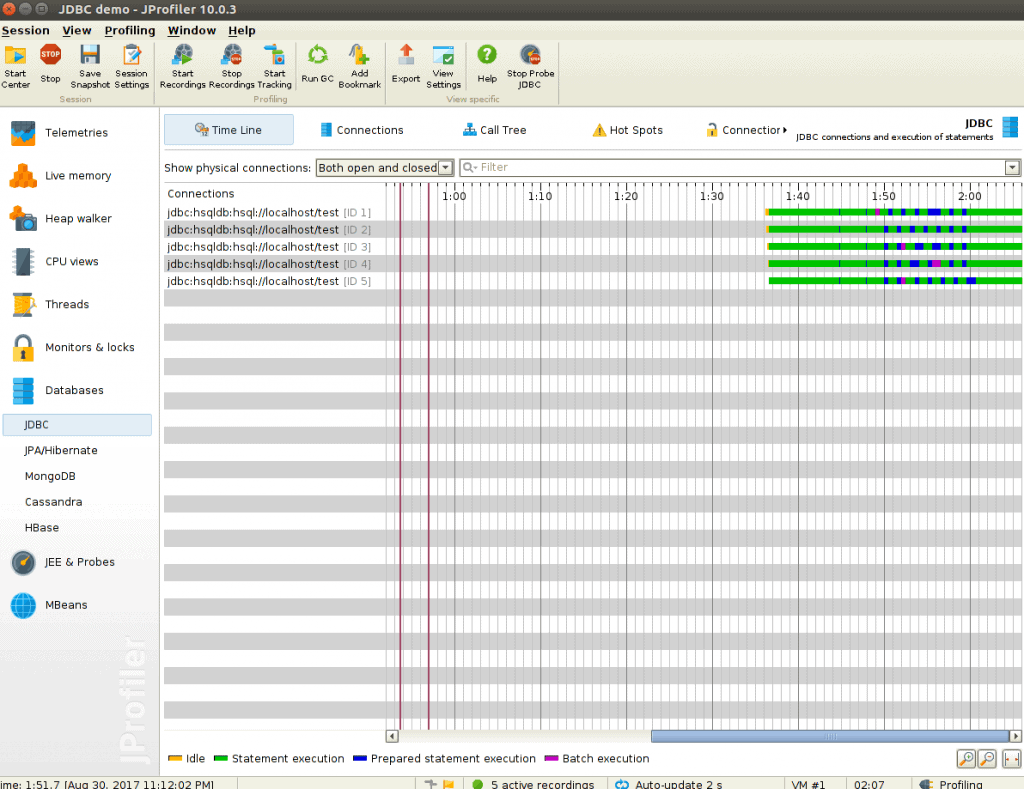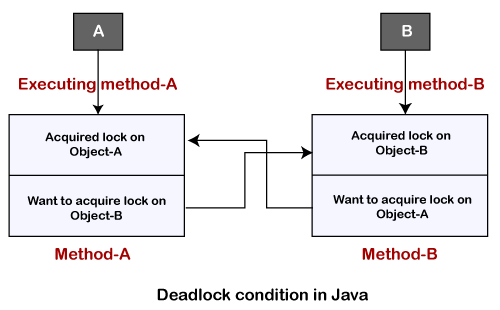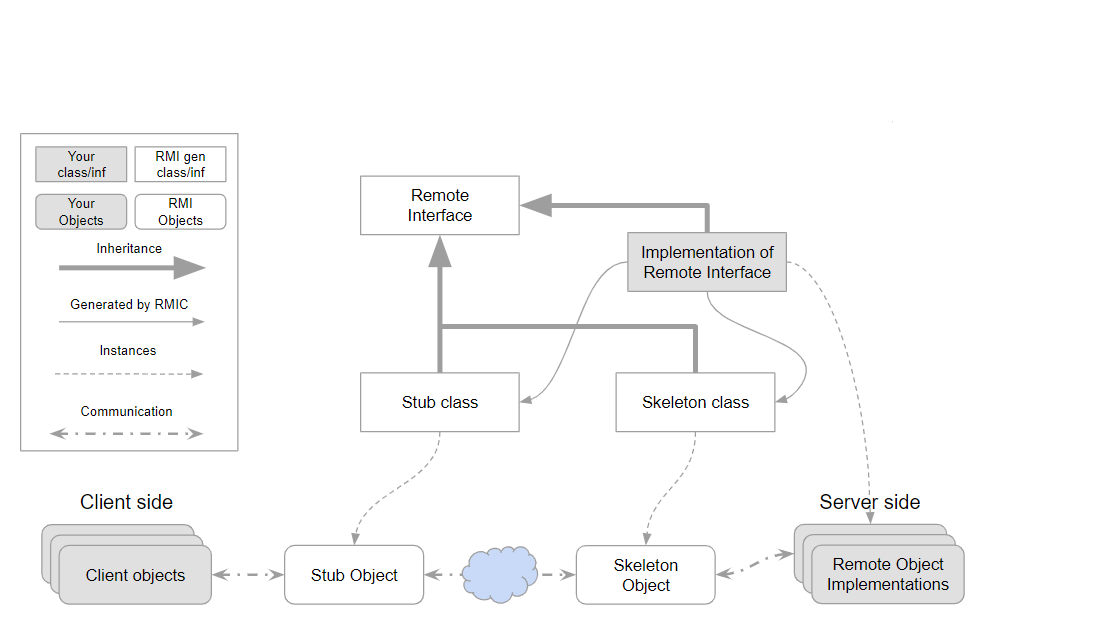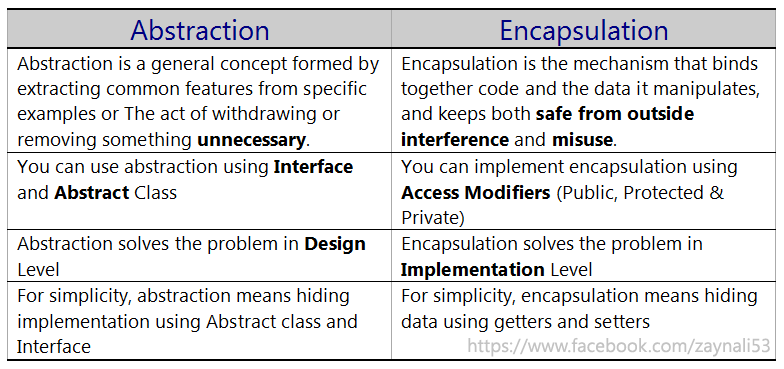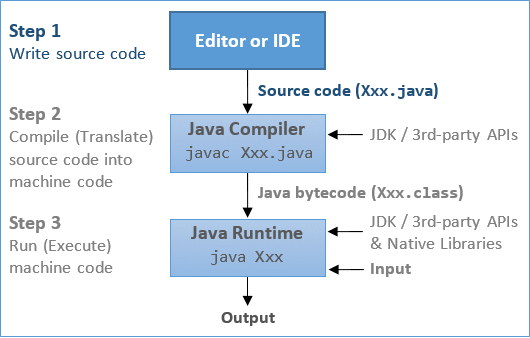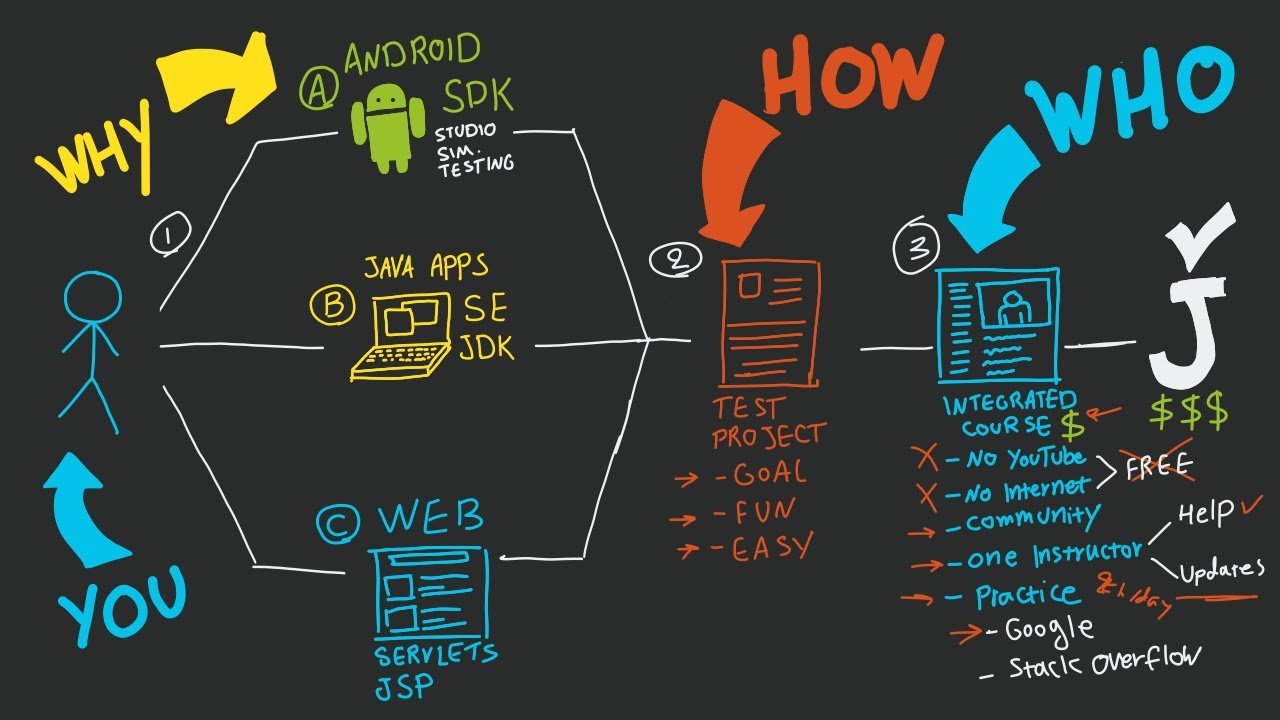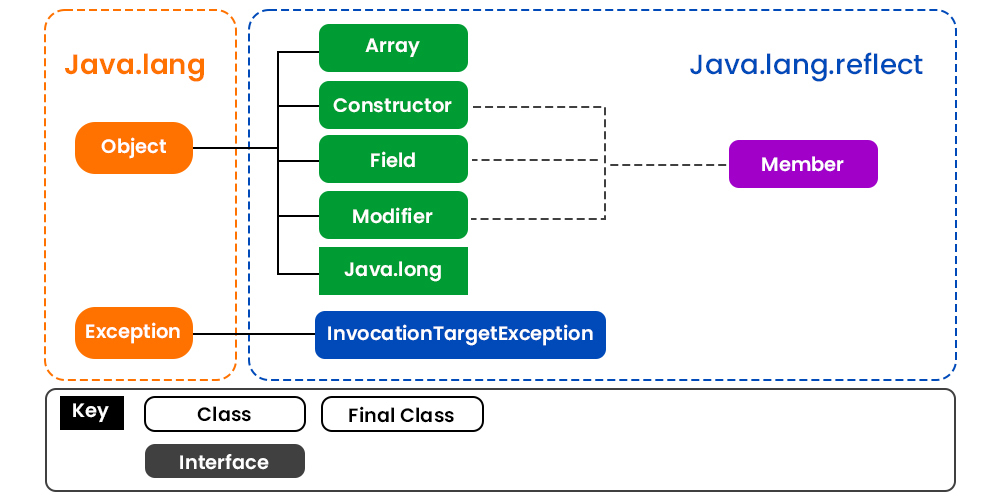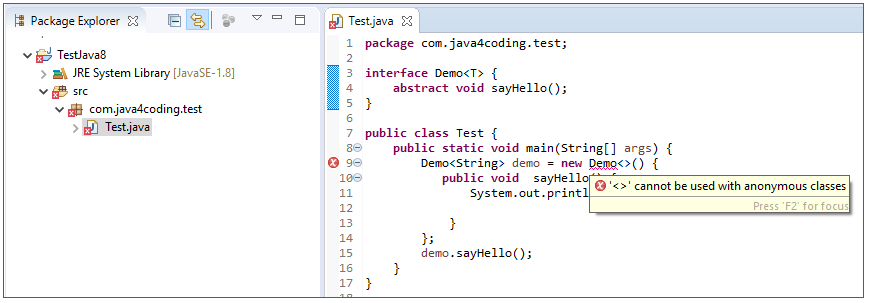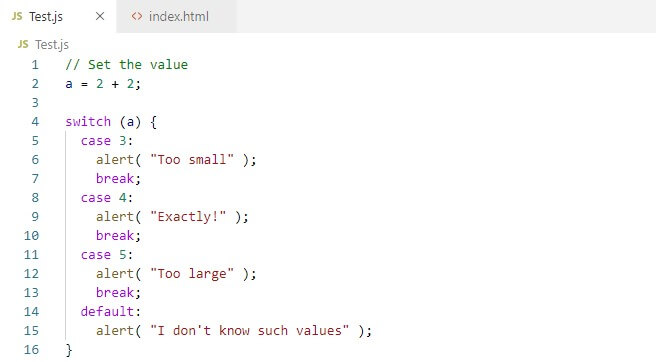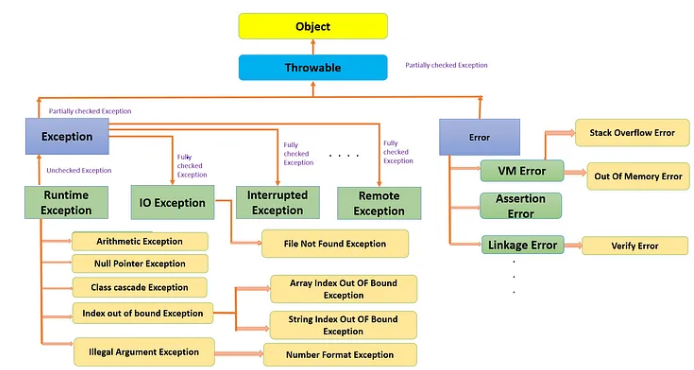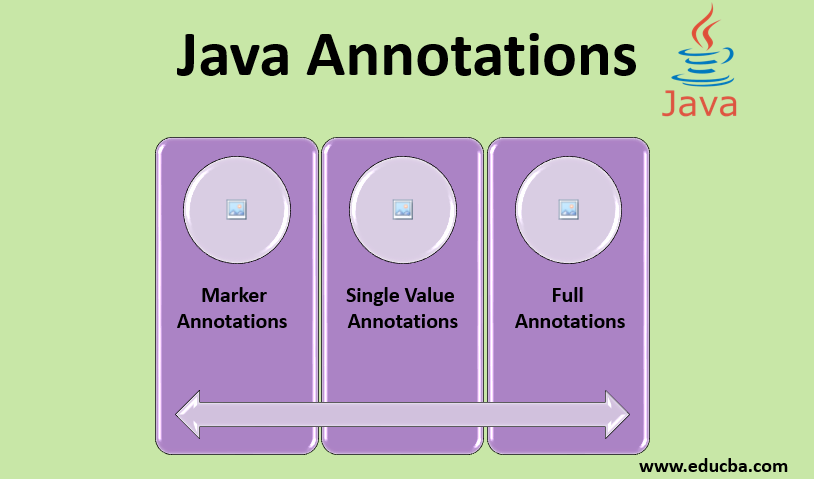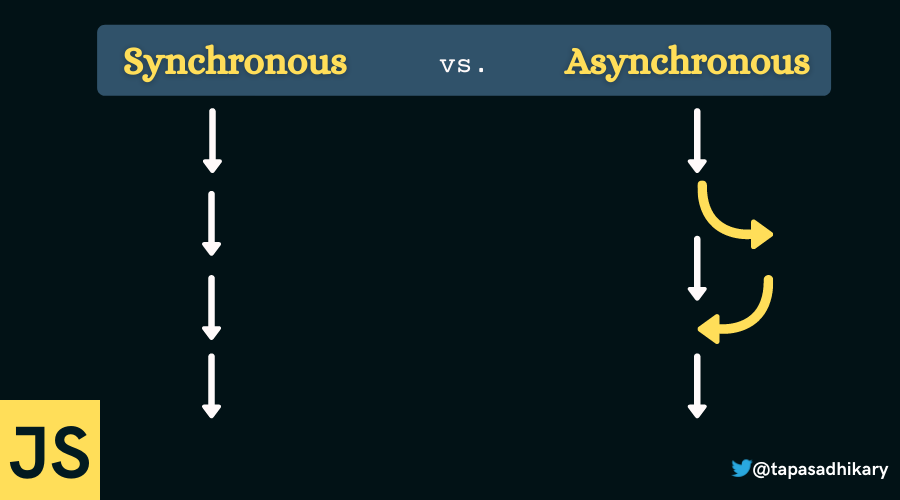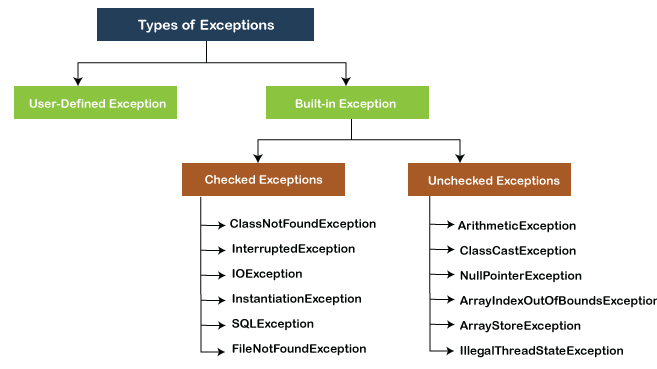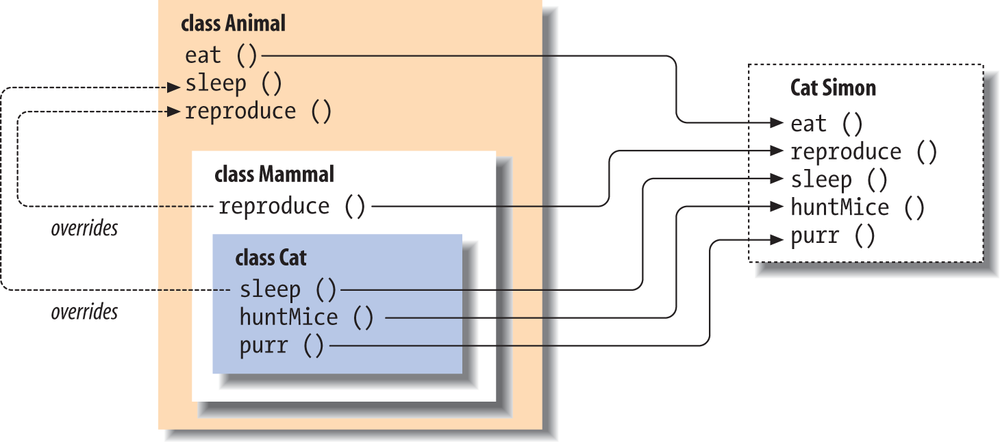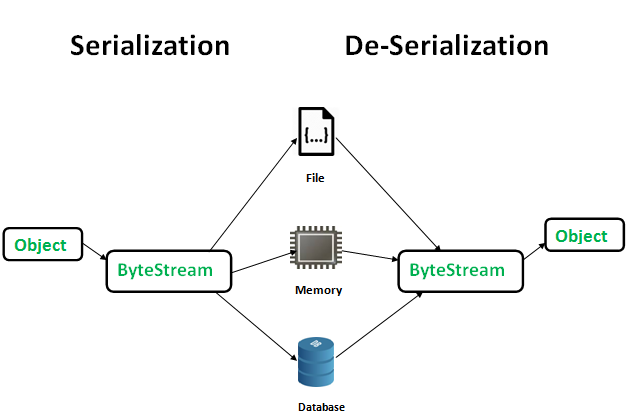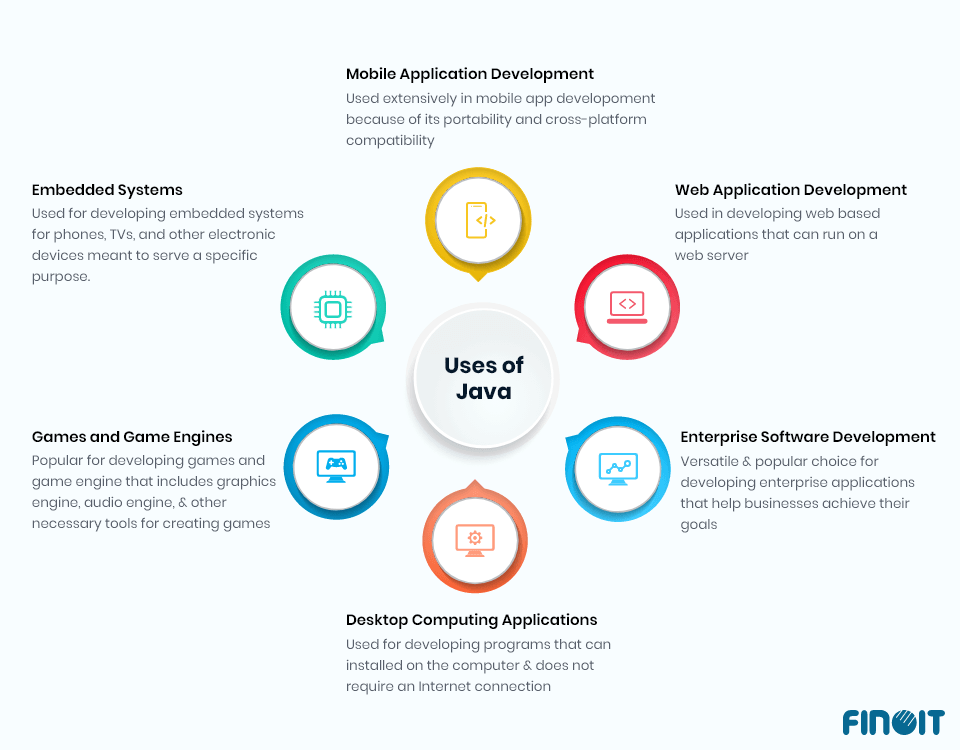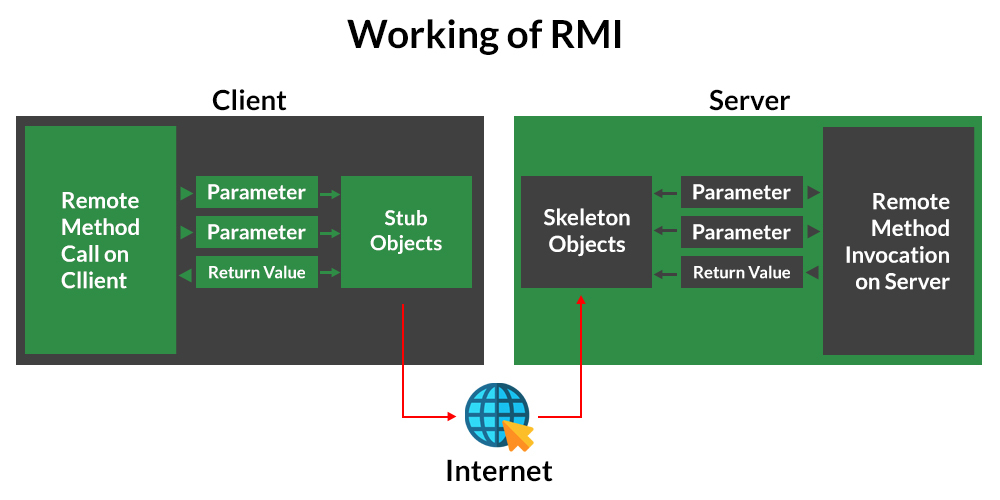Java orm spring boot example
Java orm spring boot example
I'd be happy to provide an example of using Java ORMs with Spring Boot.
What is an ORM?
An Object-Relational Mapping (ORM) tool maps database tables or views to objects, which are instances of classes that encapsulate data. It simplifies the development process by reducing the need for manual SQL queries and improving the portability of applications across different databases.
Java ORMs with Spring Boot
Spring Boot provides support for several Java ORMs, including Hibernate, JPA, MyBatis, and jOOQ. Let's take a look at an example using Hibernate.
Example: Using Hibernate ORM with Spring Boot
Suppose we have a User entity in our application:
public class User {
private Long id;
private String username;
private String email;
// getters and setters
}
We can use Hibernate to map this entity to a database table. First, let's create a JPA configuration file (persistence.xml) that defines the database connection:
<persistence xmlns="http://xmlns.oracle.com/persistence"
version="2.2">
org.hibernate.jpa.HibernatePersistenceProvider
com.example.User
jdbc/myDB
Next, let's create a Spring Boot application that uses Hibernate:
@SpringBootApplication
@EnableJpaRepositories
public class MyApplication {
@Bean
public DataSource dataSource() {
return DataSourceBuilder.create()
.driverClassName("org.postgresql.Driver")
.url("jdbc:postgresql://localhost:5432/mydb")
.username("myuser")
.password("mypassword")
.build();
}
@Bean
public JpaVendorAdapter jpaVendorAdapter() {
return new HibernateJpaVendorAdapter();
}
}
Now, let's create a repository interface that uses the User entity:
public interface UserRepository extends JpaRepository {
}
With these configurations in place, we can now use the UserRepository interface to perform CRUD (Create, Read, Update, Delete) operations on the User entity.
Here's an example of how to retrieve all users from the database:
@RestController
@RequestMapping("/users")
public class UserController {
private final UserRepository userRepository;
public UserController(UserRepository userRepository) {
this.userRepository = userRepository;
}
@GetMapping()
public List getUsers() {
return userRepository.findAll();
}
}
In this example, we've demonstrated how to use Hibernate ORM with Spring Boot to map a Java entity to a database table and perform CRUD operations. This is just one of many possible ways to use ORMs in your Spring Boot application.
Conclusion
In conclusion, Java ORMs like Hibernate provide a convenient way to interact with databases from within a Java application. By using an ORM, you can decouple your application logic from the underlying database schema and improve the portability of your code across different databases. In this example, we've seen how to use Spring Boot and Hibernate to perform CRUD operations on a User entity.
What is ORM in Java?
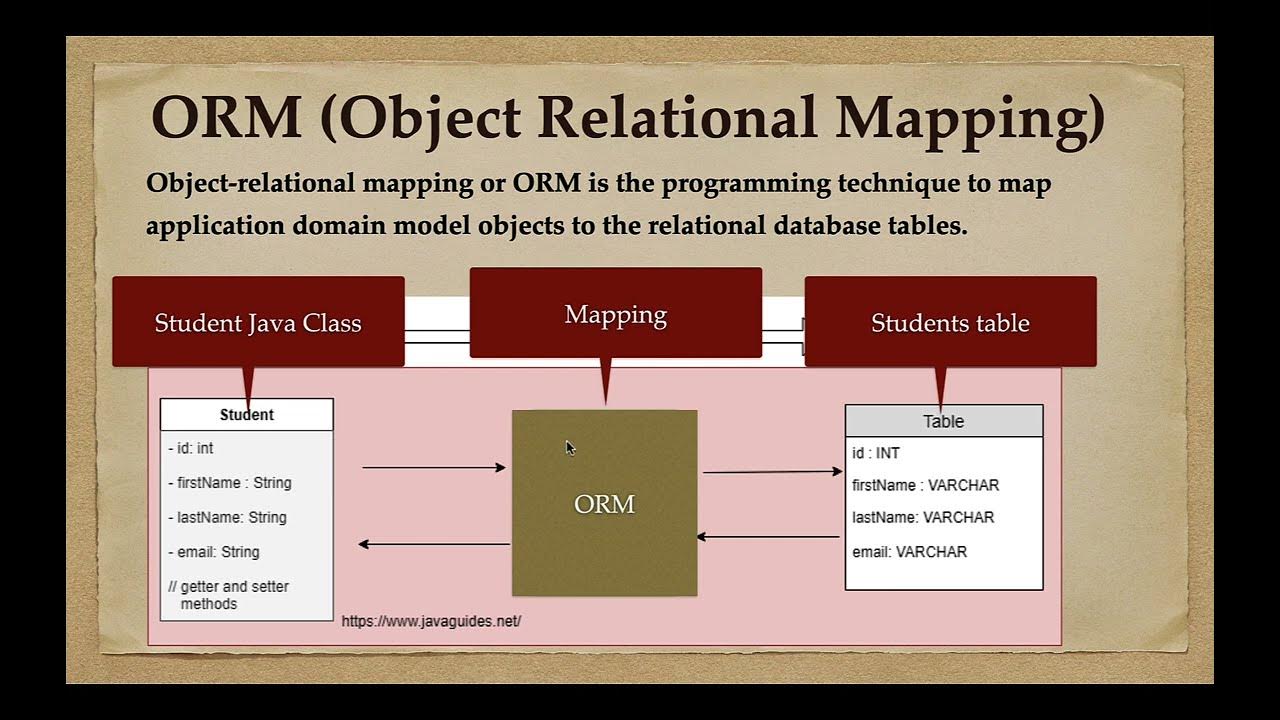
I'm happy to explain Object Relational Mapping (ORM) in Java.
What is ORM?
Object-Relational Mapping (ORM) is a programming technique that enables you to interact with relational databases using objects, rather than writing SQL code or using traditional database APIs. In other words, it allows you to map your Java classes (objects) to database tables and perform CRUD (Create, Read, Update, Delete) operations on them.
Why use ORM in Java?
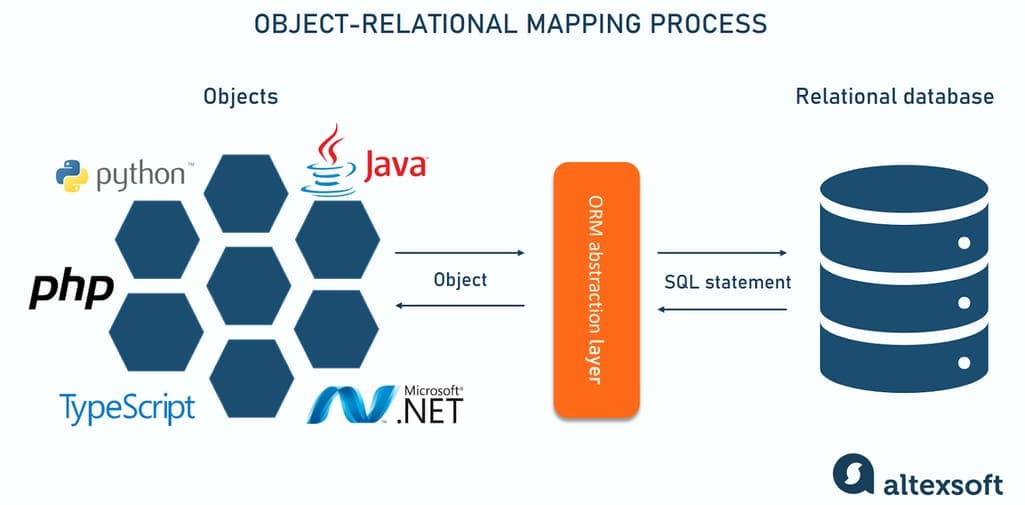
Using an ORM framework in Java provides several benefits:
Separation of Concerns: By decoupling your business logic from the database layer, you can maintain a clean separation of concerns and improve the overall design of your application. Improved Code Quality: With an ORM framework, you don't need to write raw SQL code or manually handle database connections, which reduces errors and improves code readability. Faster Development: By abstracting away the underlying database structure, you can focus on writing business logic rather than worrying about database schema details. Portability: Since ORMs provide a layer of abstraction over the database, your Java application becomes more portable across different databases (e.g., MySQL, PostgreSQL, Oracle) and even across different platforms.Popular ORM frameworks in Java
Some well-known ORM frameworks for Java include:
Hibernate: One of the most popular ORM frameworks, Hibernate provides a powerful mapping mechanism between Java classes and database tables. iBatis: A lightweight alternative to Hibernate, iBatis is designed for smaller applications and provides a simpler API for performing CRUD operations. OpenJPA: OpenJPA (Java Persistence API) is another popular ORM framework that provides a more comprehensive API for managing the mapping between Java objects and database tables.How does an ORM framework work?
In general, an ORM framework works by providing a way to map your Java classes (entities) to database tables. This involves:
Entity Mapping: Define how your Java class maps to a specific database table. Querying the Database: Use the ORM framework's API to perform CRUD operations on the mapped entity.Here's an example of how you might use Hibernate as an ORM framework in Java:
// Define an entity class (a simple User)
public class User {
private int id;
private String name;
// getters and setters
}
// Create a Hibernate session factory
Session session = Hibernate.getSessionFactory().getCurrentSession();
// Map the User entity to a database table called "users"
session.beginTransaction();
User user = (User) session.get(User.class, 1);
user.setName("Updated Name");
session.update(user);
session.getTransaction().commit();
In summary, Object-Relational Mapping in Java provides a powerful way to interact with relational databases using objects, decouples your business logic from the database layer, and improves code quality. By using an ORM framework like Hibernate, you can write more maintainable, portable, and scalable code for your Java applications.
